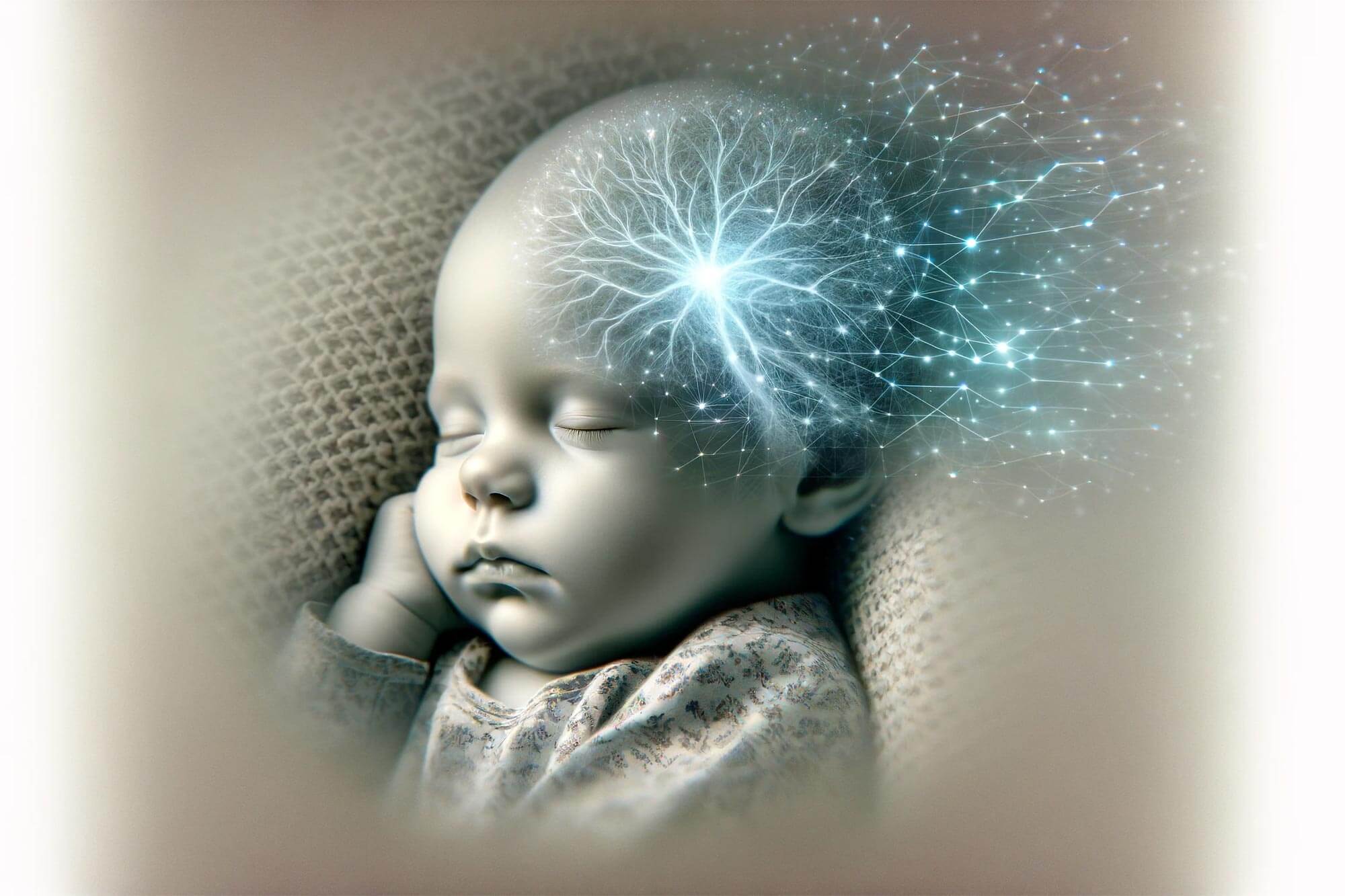Study reveals early brain network differences in six-week infants with autism-risk
Sat 25 May 2024, 01:36:34

Researchers identified distinct brain connection patterns in six-week-old infants at high risk for autism, indicating early emergence before observable autism-related behaviours. They studied the salience network, crucial for attention and response to environmental stimuli.
In infants at elevated risk of autism, characterized by repetitive behaviours and social interaction difficulties, researchers discovered heightened connectivity between the salience network and brain areas responsible for sensory processing and motor functions.
The team, co-led by researchers at the University of California Los Angeles (UCLA), US, further found that infants with stronger connections to sensorimotor regions in the brain had weaker connections with prefrontal ones, which are important for social interactions.
This suggested that paying more attention to basic sensory information comes at the cost of paying attention to socially relevant cues, thereby possibly playing a role in people with autism displaying impaired social behaviour, the researchers said.
"An emerging theory in autism research is that differences in sensory processing may precede the more classic social and communication symptoms of autism, and this data supports that theory in showing that very early brain differences related to how attention is allocated may predict both sensory and social behaviours in toddlers," Shulamite Green, an assistant professor at UCLA,
said.
said.
"In other words, more attention to extraneous sensory stimuli in the environment could make it difficult to attend to social cues, and this difference in attention could really affect how the brain develops across the first year of life and beyond," Green, corresponding author of the study published in the journal Communications Biology, said.
The researchers also found that the brain patterns observed in six-week-old babies could predict their behaviour at age one. Infants with stronger connections with sensory regions were found to show "over-responsivity" when they were a year old, a trait known to be characteristic of autism in which individuals show extreme responses to typical environmental sounds or sensations.
In contrast, the researchers found that babies having stronger connections with prefrontal regions in the brain showed a better ability to share attention with others at age one, an important stage preceding the development of social and communication skills that are often impaired in autism.
The observed patterns could help explain the reduced social attention and unusual sensory processing commonly seen in people with autism, the authors said.
For the study, the researchers analysed 53 infants, 24 of whom had a higher likelihood of developing autism because at least one older sibling had a diagnosis -- a factor known to enhance the risk of autism. The remaining 29 had no family history of autism or any other developmental disorder.
No Comments For This Post, Be first to write a Comment.
Most viewed from Health
AIMIM News
Latest Urdu News
Most Viewed
May 26, 2020
Can Lionel Messi's visit boost Indian football?
Latest Videos View All
Like Us
Home
About Us
Advertise With Us
All Polls
Epaper Archives
Privacy Policy
Contact Us
Download Etemaad App
© 2026 Etemaad Daily News, All Rights Reserved.

























.jpg)
.jpg)
.jpg)


